The Food We Eat
What are the food that we should eat?
Find out the names of ten food items in the word maze. Write the names in the correct column of the table given below.
Food we get from plants
Food we get from animals
fish, egg, milk
Why do we need food?
All living things need food to stay alive, food gives us energy, protects us from diseases and helps us to grow and repair.
Components of Food
What are nutrients?
The food we eat contains substances that give us energy, help us grow, repair our body and protect us from diseases. These substances are called nutrients.
What are the components of nutrients?
The nutrients are classified into carbohydrates, proteins, fats, vitamins, minerals and water. Our body also requires roughage or fibre.
Carbohydrates:
What are energy-giving food?
Carbohydrates give energy to our body. Thus, they are also called energy-giving food.
Name the types of carbohydrates?
There are two main types of carbohydrates.
(i) simple carbohydrates or sugar
(ii) complex carbohydrates or starch
From where do we get simple carbohydrates?
We get simple carbohydrates or sugar from fruits such as mango and banana, and
From where do we get complex carbohydrates?
We get complex carbohydrates or starch from rice, whole grains and potato.
Why do farmers and labourers need carbohydrates?
Farmers and labourers do a lot of physical work so they need a lot of energy. Thus, they should include large quantities of carbohydrates in their diet.
Why do growing children need more carbohydrates?
Growing children also need more carbohydrates to run, jump and play.
Proteins:
What are body-building food?
Proteins help us to grow and build our body by making new cells and also by repairing worn out tissues. Thus, they are also called body-building food.
Why do growing children and old people need more proteins?
Growing children need more proteins Old people also need large quantities of proteins to repair tissues and heal wounds faster.
Animal based protein products such as meat, fish, milk, paneer and eggs.
Plant based protein products such as nuts, beans, peas and pulses are rich in proteins.
Fats:
What are energy-giving food?
Fats also give us energy and are categorised as energy-giving food. (They contain more energy than carbohydrates.)
Where is fat stored in our body?
The fats are stored inside our body. The layer of fat inside our body protects our organs from damage and helps us to keep the body warm.
Food items like nuts, oil, ghee and butter are rich in fats.
How much fat do our body need?
We need fats only in small amounts in our diet as they are difficult to digest and get stored in our body.
What make us obese?
Consuming excess fat may make us obese.
Why do our body gains unhealthy weight?
Obesity is a condition where our body gains unhealthy weight.
Vitamins and Minerals:
Both vitamins and minerals are categorised as protective nutrients or food. Although we need them in small amounts in our diet, they play an important role in performing different body functions.
Vitamins A, B (complex), C, D, E and K are some of the common vitamins required by our body.
The sources and importance of some vitamins are listed in the table below.
|
Vitamins |
Sources |
Importance |
|
Vitamin A |
Papayas, carrots, spinach and mangoes |
Growth, healthy skin, bone development, better eyesight |
|
Vitamin B complex |
Broccoli, bananas, sunflower seeds, eggs, meat and fish |
Growth, proper digestion, healthy skin, hair growth, brain function |
|
Vitamin C |
Oranges, mangoes, sprouts, strawberries and gooseberry (amla) |
Growth, strong teeth and gum, strong bones |
|
Vitamin D |
Eggs, milk and fish |
Strong bones and teeth |
|
Vitamin E |
Vegetable oils and nuts such as almonds and peanuts |
Protects cells from damage |
|
Vitamin K |
Green leafy vegetables |
Healthy bones and faster healing of wounds |
Note:
Our body synthesises Vitamin D in the presence of sunlight.
Calcium, iron, potassium, iodine and sodium are some examples of minerals required by our body. Calcium is required for strong bones and teeth. It is present in milk, curd, almonds, cheese, beans and green leafy vegetables like cabbage.
Iron is required for the formation of blood) It is present in green leafy vegetables, dates, raisins and legumes.
Sodium is required for proper nerve functioning. We get sodium from salt.
Iodine is required for the proper functioning of our thyroid gland. The secretions of the thyroid gland are important for metabolism and proper growth and development of our body. We get iodine from iodised salt and seafood.
Water:
Water is also an important part of our diet.
We need approximately 8 glasses of water daily for our body to function properly. Water helps eliminate toxins and waste from our body in the form of urine and sweat. Water is also required to regulate the temperature of our body.
Roughage:
Besides the different nutrients, our body also requires roughage.
The fibrous material that we get from plants such as fruits and vegetables is called roughage. Our body cannot digest roughage. Thus, roughage adds bulk to the food to help it move through our digestive system, and also helps in the removal of waste food materials from our body. Lack of roughage in our diet can lead to constipation.
Balanced Diet:
The kind of food that we consume regularly forms our diet. It is important for our diet to have all six nutrients(A diet which has all the nutrients in the right amount along with roughage is called a balanced diet) We should regularly eat a balanced diet to remain healthy
Avoiding food wastage:
Food is essential for everyone. However, many people around the world are malnourished as they do not get enough food.
To provide enough food to everyone and avoid wastage of food, we must follow the steps given below:
(i) Take small servings of meals and share food to avoid wastage.
(ii) Avoid cooking food in large quantities.
(iii) Always keep food covered to prevent spoilage.
(iv) Store leftover food in the refrigerator so that it can be reused.
Preserving Food:
Food preservation is done to prevent food from spoiling. Food may get spoiled when germs grow on it, Food is preserved by freezing, drying, salting. pickling using oil, canning and bottling.
Some examples of preservation of food items at our homes are:
(i) Pickling of mango, lemon, chilli and many other fruits and vegetables
(ii) Keeping left-over food items in the refrigerator
(iii) Drying some leafy vegetables for later use
(iv) Keeping pulses and other items in air-tight containers
Feeding India:
Feeding India is a not-for-profit organisation that aims to solve the problem of food wastage, hunger and malnutrition. A food donor can raise a request through their helpline number or mobile application. On receiving the request, 'hunger hero', a volunteer, checks and collects food in recovery vans. The food is donated at a nearby hunger spot.
Important note:
Obese: Being overweight
Roughage: The indigestible fibrous material obtained mainly from fruits and vegetables
Balanced diet: A diet with all the nutrients in the right amount along with the dietary fibre.
Food preservation: Keeping food safe from germs to prevent its spoilage
Malnutrition: Lack of proper nutrition
Recall the important points to be remember:
Nutrients are the substances in food that give us energy to stay healthy and help us grow and repair our body.
Carbohydrates and fats give us energy and are called energy-giving food.
Proteins build our body and repair it. They are called body-building food.
Vitamins and minerals help in proper functioning of the body and protect us from diseases. They are also called protective food.
Roughage helps in digestion and removing waste from our body.
We should regularly eat a balanced diet and follow healthy food habits.
We should never waste food.
We can preserve food by freezing, drying, salting or pickling, and canning or bottling.)
Worksheet on The Food We Eat
Questions on The Food We Eat:
I. Tick (✔) the correct answer.
1. Which of the following nutrients provide the maximum amount of energy?
a. Carbohydrates
b. Fats
Proteins
d. Vitamins
2. Which of the following is required for strong bones and teeth?
a. Iron
b. Vitamin B
c. Vitamin D
d. Iodine
3. Which of the following nutrients help to build and repair our body?
a. Carbohydrates
b. Vitamins
c. Proteins
d. Fats
4. Which of the following nutrients is required only in small amount by our body?
a. Fats
b. Carbohydrates
c. Proteins
d. Minerals
5. Which of the following is not a way to save food?
a. Eating leftover food
b. Cooking for 2-3 days at one go
c. Serving small portions of food
d. Donating food
II. Fill in the blanks.
1. We need Vitamin _______ for strong gums and teeth.
2. Vitamin A is required for healthy _______.
3. We need _______ for making blood in our body.
4. _______ helps keep our body warm.
III. Give two examples each of the following types of food:
1. Energy-giving food ___________________________
2. Body-building food ___________________________
3. Protective food ___________________________
IV. State whether the following statements are true or false.
1. Roughage is not an important part of our diet.
2. Proteins are important only for growing children.
3. Fats are difficult to digest, but they give us extra energy.
4. We need water to remove toxins from our body.
V. Match the following columns.
1. Proteins
2. Calcium
3. Fats
4. Iron
a. Strong bones
b. Formation of blood
c. Repair torn tissues
d. Provide lots of energy
VI. Give reasons for the following statements.
1. Water is a necessary part of our diet.
2. We should regularly eat a balanced diet.
VII. Answer the following questions in one word.
1. Which type of carbohydrates do we get from potatoes?
2. Name the condition in which a body becomes overweight.
3. Which component of our diet helps the food to move through the digestive system?
4. Which vitamin is required for proper digestion in our body?
VIII. Answer the following questions in brief.
1. Discuss different ways by which we can reduce wastage of food.
2. Why do growing children and old people need more protein in their diet?
3. What are vitamins? Give the importance of vitamins A and C in our body.
IX. Answer the following questions in detail.
1. What are carbohydrates? Name their types and sources.
2. What is roughage? What are its sources? How is roughage helpful to us?
How to make a sandwich for breakfast at home?
Make a healthy breakfast with the help of an adult at home.
Take two slices of brown bread, sliced cucumber and tomato, and some cottage cheese or paneer. Grate some paneer and spread it over one of the bread slices. Now, place two slices of cucumber and two slices of tomato over the bread slice. Spread a little more grated paneer over the vegetable slices. Sprinkle some salt and pepper. Now, cover it with the another slice of bread. Your sandwich is ready. You can make more sandwiches, one for each family member. You may also use more vegetables like cabbage and onion.
From The Food We Eat to HOME PAGE
Recent Articles
-
What Is Plasma? | Blood Plasma | Proteins | Nutrients | Cholesterol
Nov 07, 25 10:29 AM
Blood is a mobile fluid which is a connective tissue and is derived from the mesoderm like cell any other connective tissue. Colour of blood is reddish and that flows inside the blood vessels by means… -
Disorders of Respiratory System | Tuberculosis | Pleurisy | Emphysema
Oct 28, 25 11:39 PM
Tuberculosis is very common disease and is caused by a type of bacteria called Mycobacterium tuberculosis. This disease causes different trouble in the respiration and infection of several parts of th… -
Regulation of Respiration | Respiratory Centres | Inspiratory Area |
Oct 14, 25 12:13 AM
Respiratory Centre is the area that controls the rate of respiration and it is observed to be located in medulla oblongata and pons. Respiratory Centre has the following will dispersed components like… -
Explain Transport of Gases | External Respiration | Tissue Respiration
Oct 09, 25 11:35 PM
In humans gaseous exchange is completed in the following ways the steps are - External Respiration or Breathing - Breathing in false taking in of Oxygen and giving out of carbon dioxide in the body. M… -
Kind and Number of Teeth | Location of Teeth in Mouth | Care of Teeth
Sep 11, 25 12:52 AM
Kind and Number of Teeth
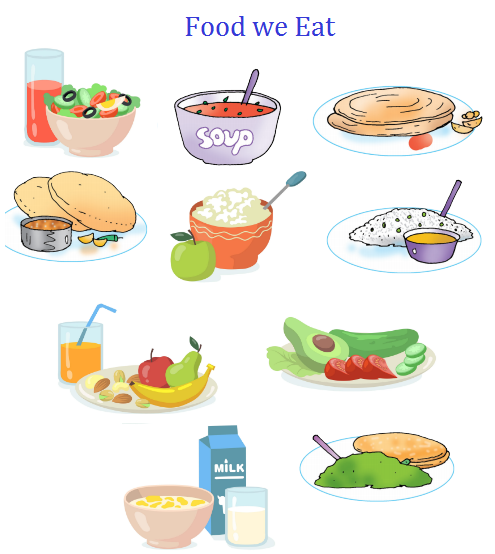
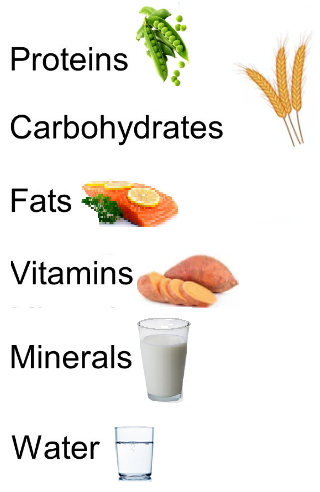
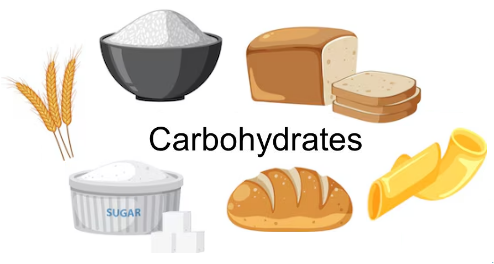

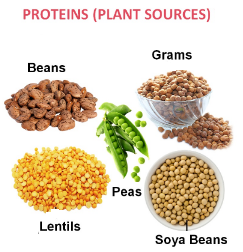
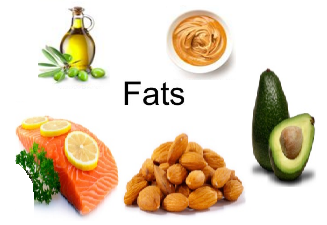
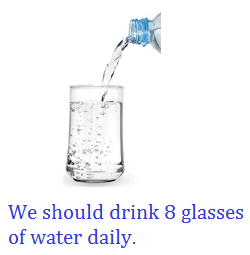

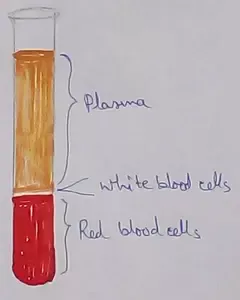
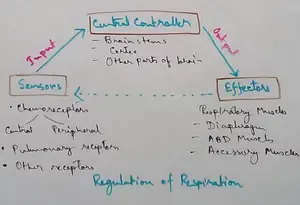
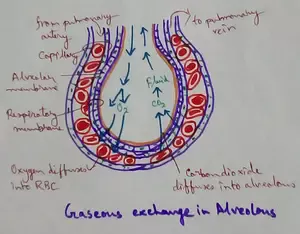

New! Comments
Have your say about what you just read! Leave me a comment in the box below.